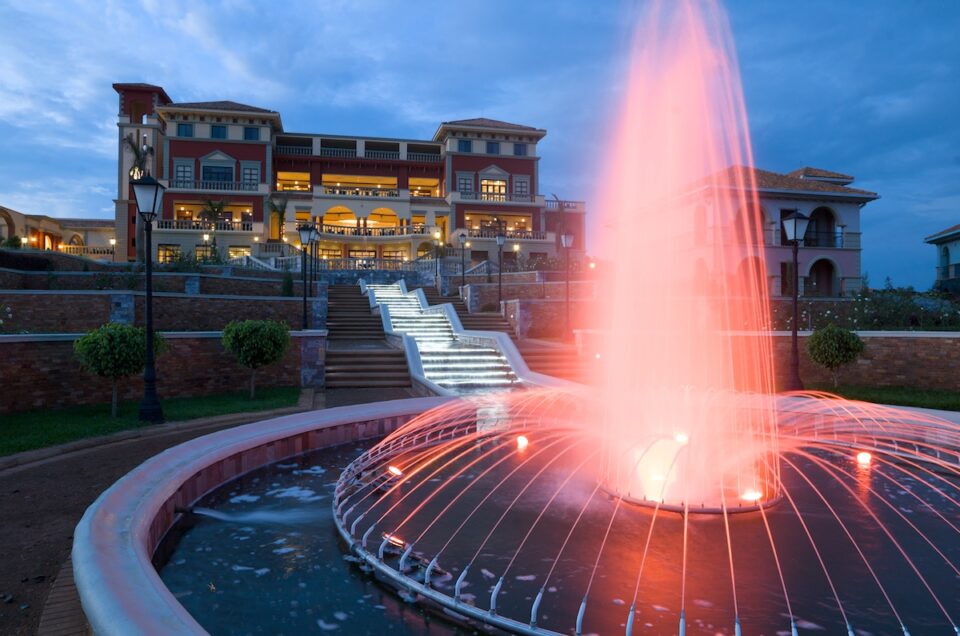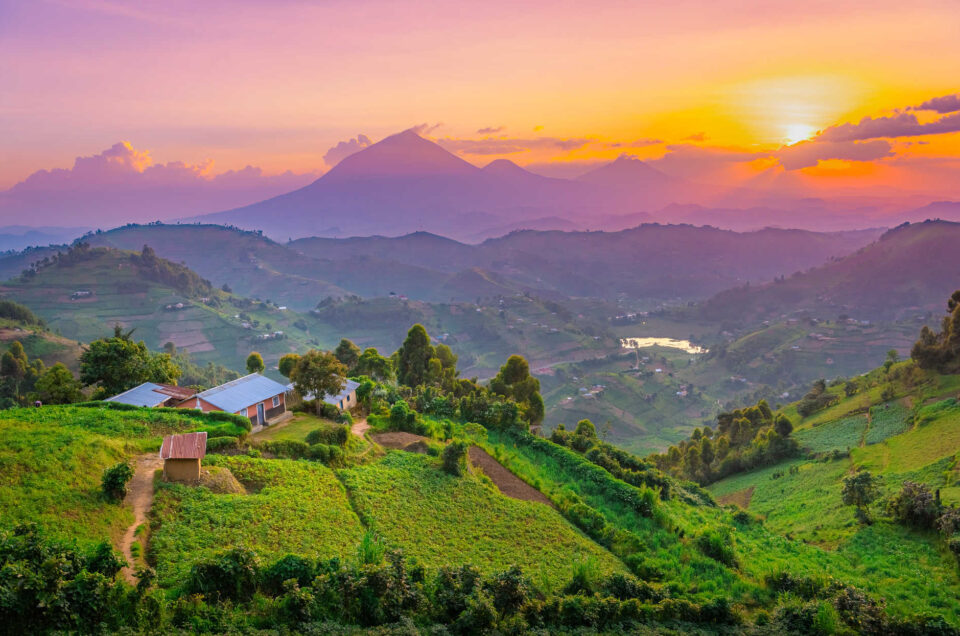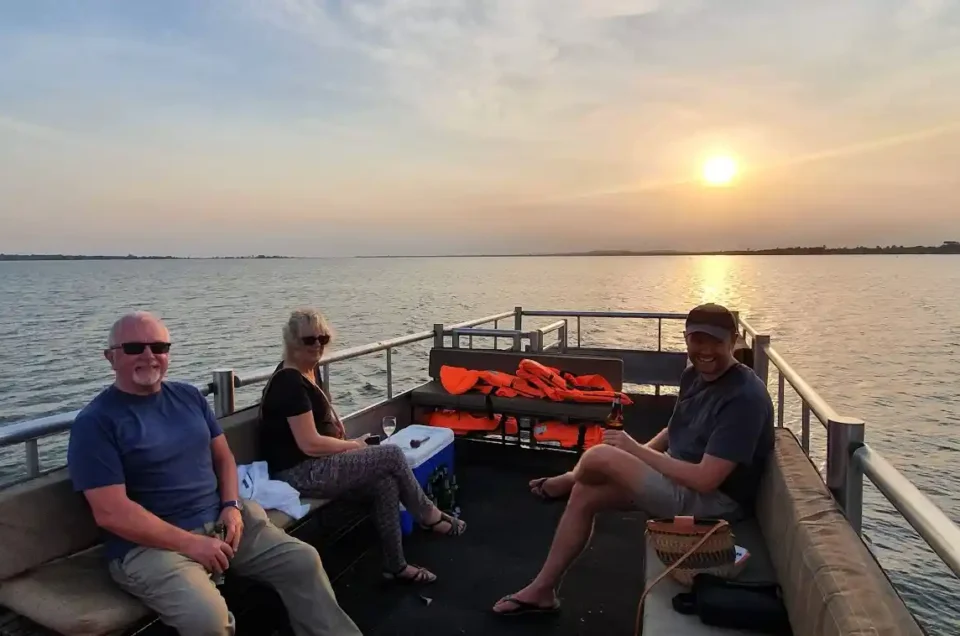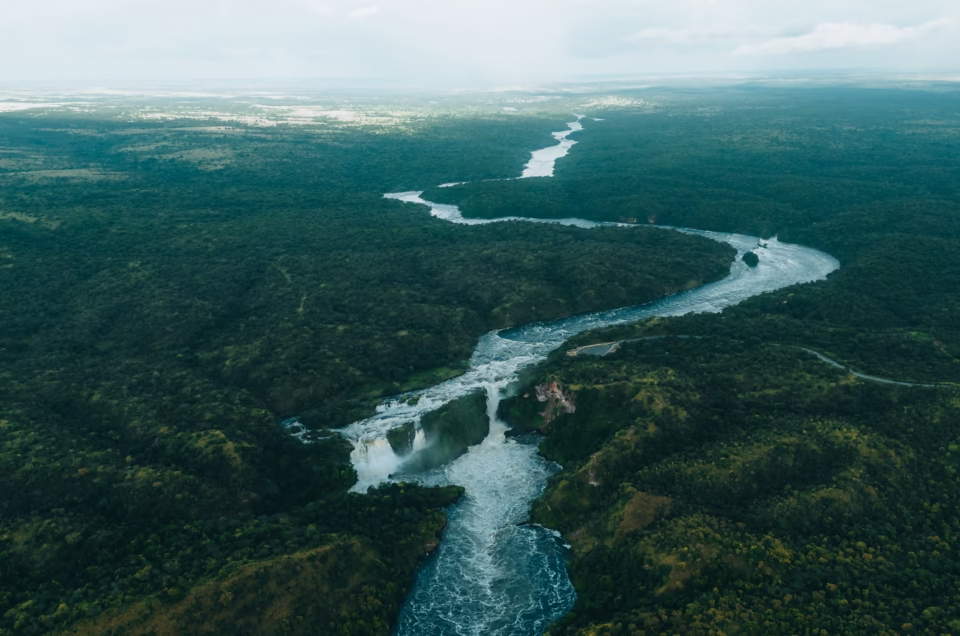Categories
- Accommodation
- Accommodation at Kibale Forest
- Budget accommodation at Kibale
- Budget accommodation in Uganda
- Budget Hotels in Entebbe
- Budget Murchison Falls Accommodation
- Bwindi Guides
- Bwindi National Park Guides
- Entebbe Hotels
- Exclusive Lodges In Murchison Falls National Park
- Exclusive Lodges in Queen Elizabeth National Park
- High End Accommodation At Kibale
- Kibale
- Luxury accommodation at Kibale
- Luxury Accommodation in Queen Elizabeth National Park
- Luxury Hotels In Entebbe
- Luxury Murchison Falls Accommodation
- Midrange accommodation at Kibale
- Midrange Hotels In Entebbe
- Midrange Murchison Falls Accommodation
- Murchison Falls Guides
- Murchison Falls Lodges
- News
- Popular
- Queen Elizabeth Guide
- Queen Elizabeth National Park Accommodation
- Semi-Luxury Entebbe Hotels
- Travel Guide
- Uganda Honeymoon Lodges
- Uncategorized
Karamoja Region
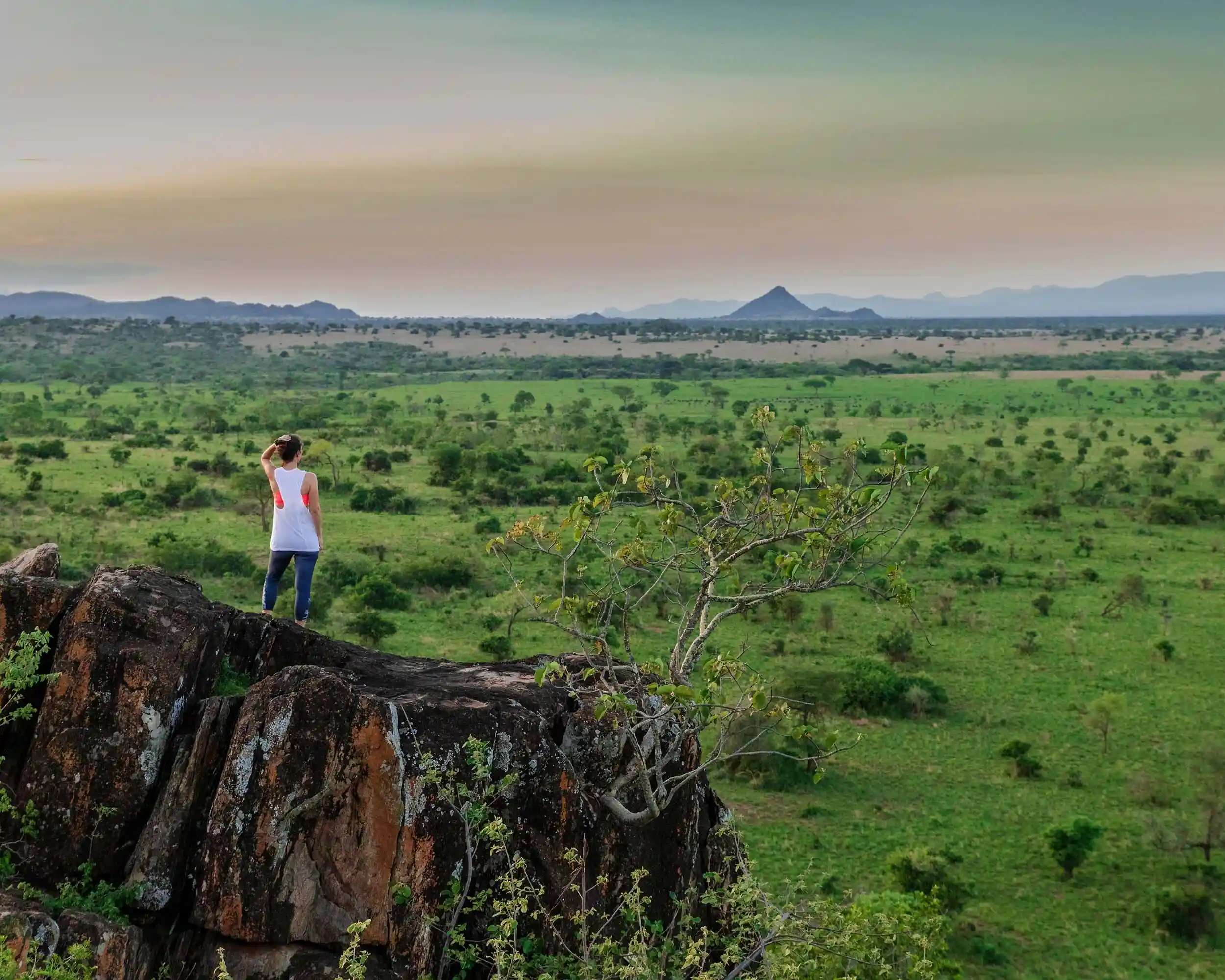
Karamoja is a very special place in the far northeast of Uganda. It takes about 8 to 12 hours by road from Kampala to get there. It is far from busy tourist areas, but that’s what makes it so unique.
Here, you can see the real Uganda — full of culture, adventure, and beautiful nature. The people of Karamoja are called the Karamojong – a tribe related to the Maasai in Kenya and Tanzania. They live in a traditional way, just like they have for centuries.
When you visit their villages (called manyattas), you can watch them milk cows, make local beer, build huts, and dance. You can even join in! Nothing is planned or fake — you see real life, as it happens. Choose Uganda Safaris takes you on safe and respectful tours in Karamoja.
But Karamoja is more than just culture. It is also full of amazing adventures. You can go on a classic safari in Kidepo National Park and see wild animals like cheetahs, lions, elephants, zebras, buffaloes, kudus, and giraffes. You can walk through the wild nature of Pian Upe Game Reserve and maybe spot zebras, ostriches, and antelopes. You can also hike up mountains like Mount Moroto and Mount Kadam for beautiful views. You can ride a bike or motorbike through quiet villages and hills. You can also sleep in a kraal with local herders and help take care of the cows.

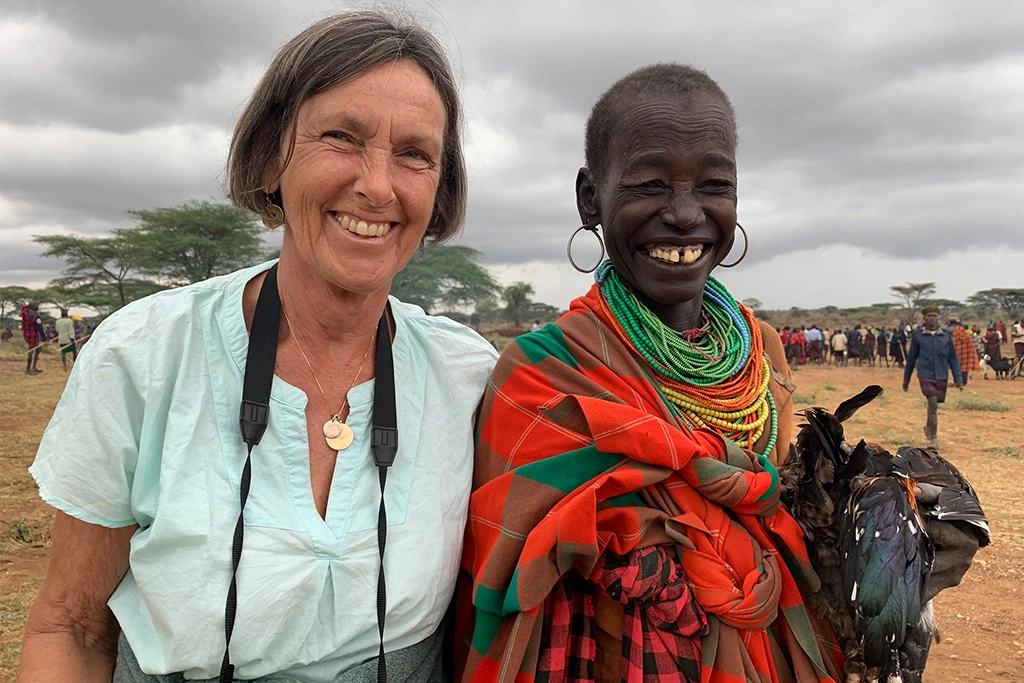
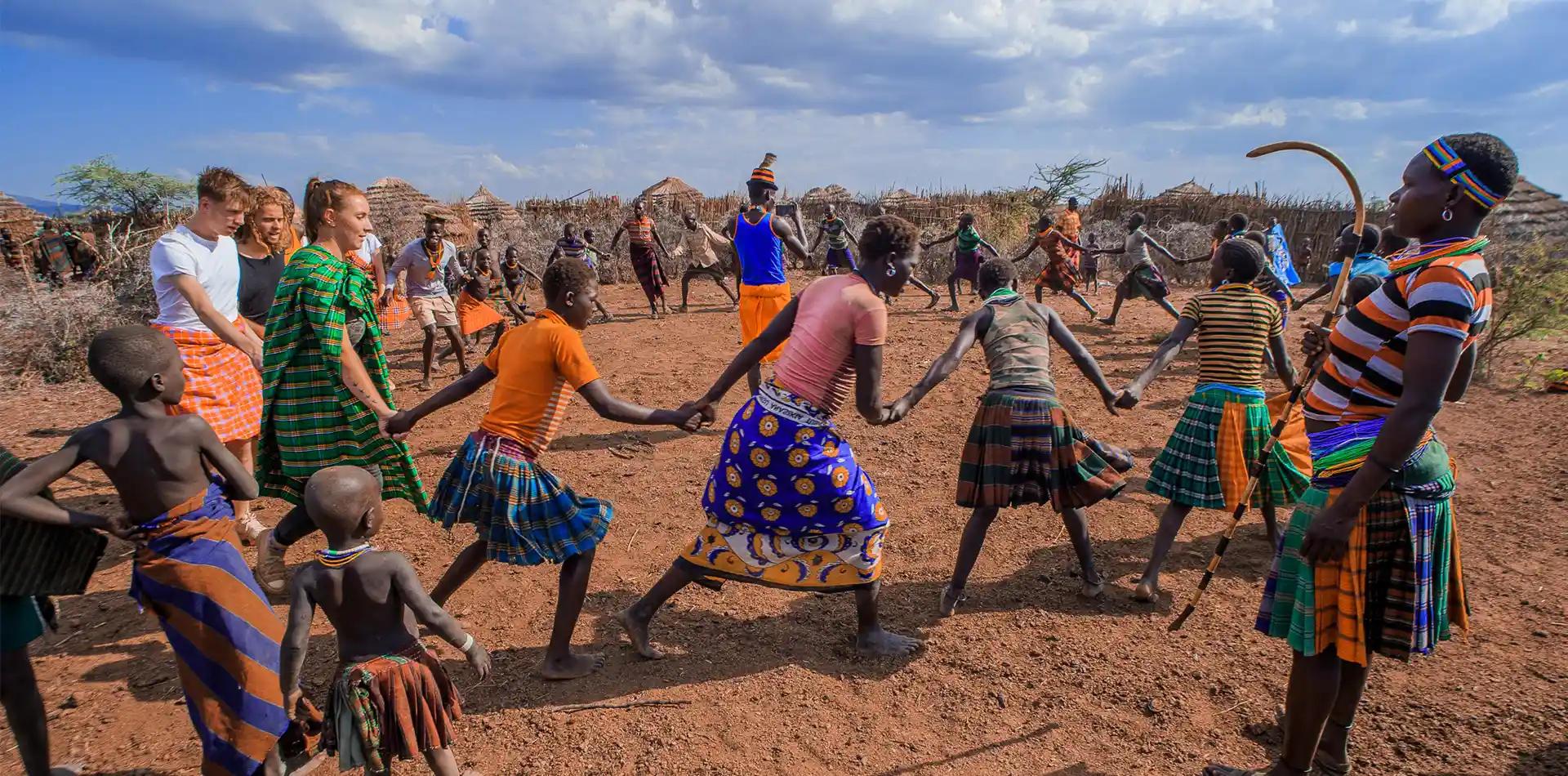
Must Do Activities In Karamoja
1. Visit to traditional Manyatta
Visiting a traditional Manyatta (village) is one of the best ways to experience the real life of the Karamojong people.
These villages are home to one of Africa’s oldest cultures — and during your visit, you will get to see and join in their daily life.
From the moment you arrive at the Manyatta, the village is full of activity. People are milking cows, grinding sorghum, shaking yogurt, brewing local beer, and building huts.
You will walk through the village with a local guide who speaks English and will explain everything clearly. This is not a show for tourists. There is no fixed program. Instead, you see real life as it happens — just like the locals live it every day.
Sometimes you may be invited to join in local games, try carrying firewood or water pots on your head, or help with simple tasks. You’ll also enjoy traditional dances, including special dances once performed during times of cattle raids.
According to researchers, the Karamojong people came from Ethiopia around 1600 BC. Today, they are part of the “Karamajong Cluster,” a group of tribes that also includes the Turkana in Kenya and other related groups in Uganda and South Sudan.
Even after all these years, the Karamojong have kept their way of life strong and alive. This visit gives you a real and respectful look into one of Africa’s most unique and ancient cultures. It’s an experience you will never forget.
2. Safari in the Kidepo Valley
Kidepo Valley National Park is the most remote game park in Uganda.
It is located in the far northeast of the country, near the borders with South Sudan and northwest Kenya.
Getting there takes time — it’s over a 10-hour drive from Kampala, or you can fly in by small plane. But the journey is worth it. This park is one of Uganda’s most beautiful and untouched places.
The landscape in Kidepo is truly stunning. You will see wide open savannas, rocky hills (called kopjes), and tall granite mountains in the distance. The views go on forever, and the land feels wild and peaceful. Very few tourists visit Kidepo — on average, only 16 people per day — so you can enjoy the beauty of nature in quiet and without crowds.
In fact, CNN once ranked Kidepo as the third-best national park in all of Africa. They praised its beautiful scenery, rich wildlife, and peaceful atmosphere.
The park’s landscapes support many wild animals. Some of them are very rare and are not found anywhere else in Uganda. These include the bat-eared fox, aardwolf, caracal, kudus, ostriches, and cheetah. You can also see lions, leopards, elephants, and large herds of buffalo. For bird lovers, the park is home to nearly 500 bird species.
Kidepo Valley is not only about wildlife — it’s about space, silence, and feeling truly connected to nature. It is a hidden gem where you can enjoy the wild beauty of Africa just as it has been for centuries.
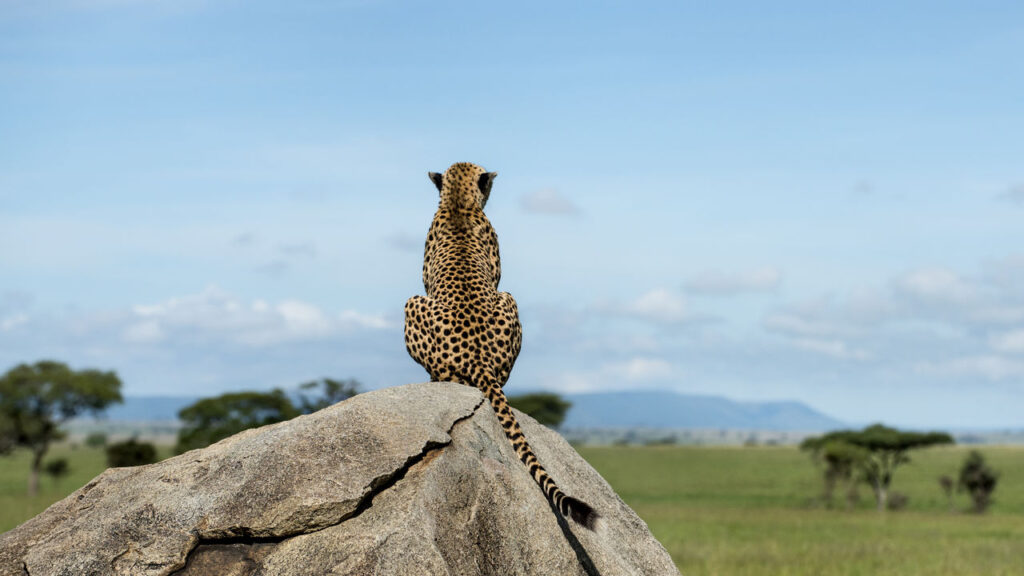
3. Visit a Kraal
A kraal is a traditional cattle camp where cows are kept safe at night. In Karamoja, cattle are more than just animals — they are a very important part of life, culture, and pride for the Karamojong people.
Visiting a kraal gives you a special chance to see and take part in their daily life. In the evening, you can walk with the herders to help bring the cows back from the fields. You can also try milking the cows and, if you are interested, watch a traditional practice where a small amount of blood is taken from the cow. This is done safely and carefully.
The blood is then mixed with milk and used as food. It is a healthy and common part of the Karamojong diet, passed down through generations.
You can even spend the night in the kraal, just like the local herders do. You may sleep in a small traditional shelter, or out in the open, under the stars. It’s quiet, simple, and peaceful — a night you will never forget. In the early morning, the cows are milked again and then taken out to graze and drink.
You can help with this too, walking alongside the herders as the day begins. This is not a tourist show. It is real life. By visiting the kraal, you will see how deeply connected the Karamojong are to their cattle. You will learn about their traditions, daily routines, and strong respect for animals. It is a rare and meaningful experience — one that lets you truly understand the heart of Karamoja.
4. Boda Boda Tour of Karamoja
A boda boda is a motorbike taxi, and riding one is a fun and exciting way to explore the wild and beautiful Karamoja region.
In this tour, you sit on the back of the motorbike as your local driver takes you along old colonial roads, through wide open landscapes, remote villages, and quiet hills.
As you ride, you can stop wherever you like — take photos, visit villages, or talk to local people. You will get the chance to meet nomadic warriors, learn about pastoral life, and see how the Karamojong people live in harmony with nature. It’s a great way to see more of the region and connect with people in a real, personal way.
The name boda boda comes from the phrase “border to border.” Long ago, motorbikes were used to carry people between the borders of Kenya and Uganda, and the name stuck. Today, boda bodas are used across Uganda as a common and easy form of transport — especially in places where cars can’t go.
A boda boda tour in Karamoja is not just transport — it’s an adventure.
You’ll feel the wind, take in the views, and discover parts of Uganda that few tourists ever see. Whether you’re riding through the open savannah or stopping in a small village to share a smile, every moment brings you closer to the spirit of Karamoja.
5. Karamoja Mountain Bike Tour
If you prefer cycling instead of riding a motorbike, a mountain bike tour is a great way to explore Karamoja.
Just like the boda boda tour, you will travel through quiet roads, open fields, and small villages — but this time on a bicycle. You will ride along old colonial roads through the real Ugandan wilderness.
The views are beautiful, and the land feels wild and free. You can stop anytime to take photos, meet local people, or look around a village.
This tour also gives you a chance to meet Karamojong herders and warriors, learn about their pastoral lifestyle, and see how they live with their cattle.
It’s a slow and peaceful way to connect with nature and culture. The bike ride is not hard — you go at your own speed, with a local guide to help you.
It’s safe, fun, and full of small surprises. If you like being active and want to enjoy the quiet beauty of Karamoja, a mountain bike tour is a perfect choice. It’s a great alternative to the boda boda and gives you the same close look at local life — just with a bit of pedaling!
6. Safari In Pian Upe
Pian Upe Game Reserve is a beautiful and quiet place in eastern Uganda, waiting for people to discover it. It is in the Karamoja region, between Sipi Falls and Moroto.
The reserve is very big — it is Uganda’s second-largest nature park, covering over 2,788 square kilometers.
Around Pian Upe, you will see amazing mountains and hills, like Mount Kadam, where you can also go for hikes. The mountains make the views even more beautiful and are great for walking safaris.
Several rivers, like the Kadam River and Matheniko River, run through the park. These rivers are very important because they bring water to the animals in this dry area.
Pian Upe is home to many wild animals. You can see famous animals like giraffes, leopards, and buffaloes. But the park also has some rare animals that are hard to find in other parts of Uganda, such as roan antelope, eland, ostriches, klipspringer, roebuck, serval cats, and cheetahs.
Very few tourists visit Pian Upe — less than 1% of all visitors come here.
This means you might have the park almost all to yourself. The roads inside the park are not very good, so sometimes it is hard to drive through. But this is not a problem because you can also explore the park by walking. Walking safaris here are amazing and let you see nature up close.
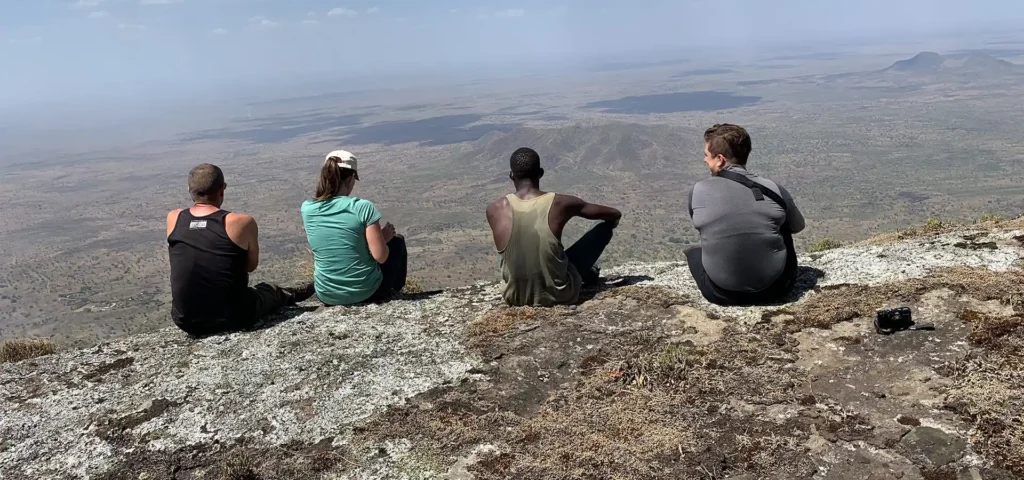
7. Mount Moroto Hike
Mount Moroto is a bit higher at 3,083 meters but is a great day hike. You start in the morning at the foot of the mountain and walk to a natural pool where water flows down a steep ridge. Along the way, you will see the beautiful Karamojong Valley and pass through manyattas, which are villages of the Tepeth tribe. The trail is about 10 kilometers long and goes up a steep path. It is a moderate hike and perfect for a full day of adventure.
Karamoja Travel Guides
Our Trusted Partners






